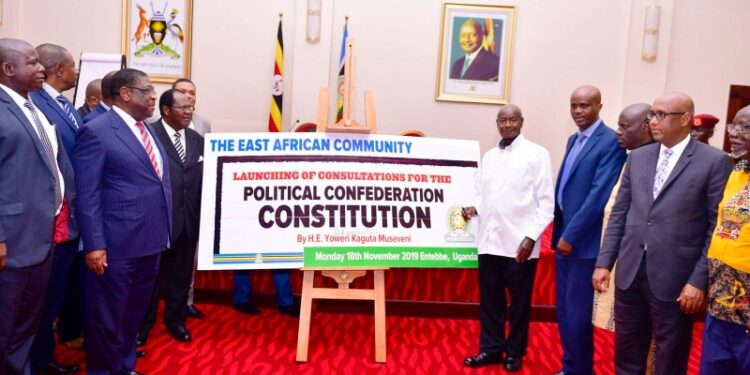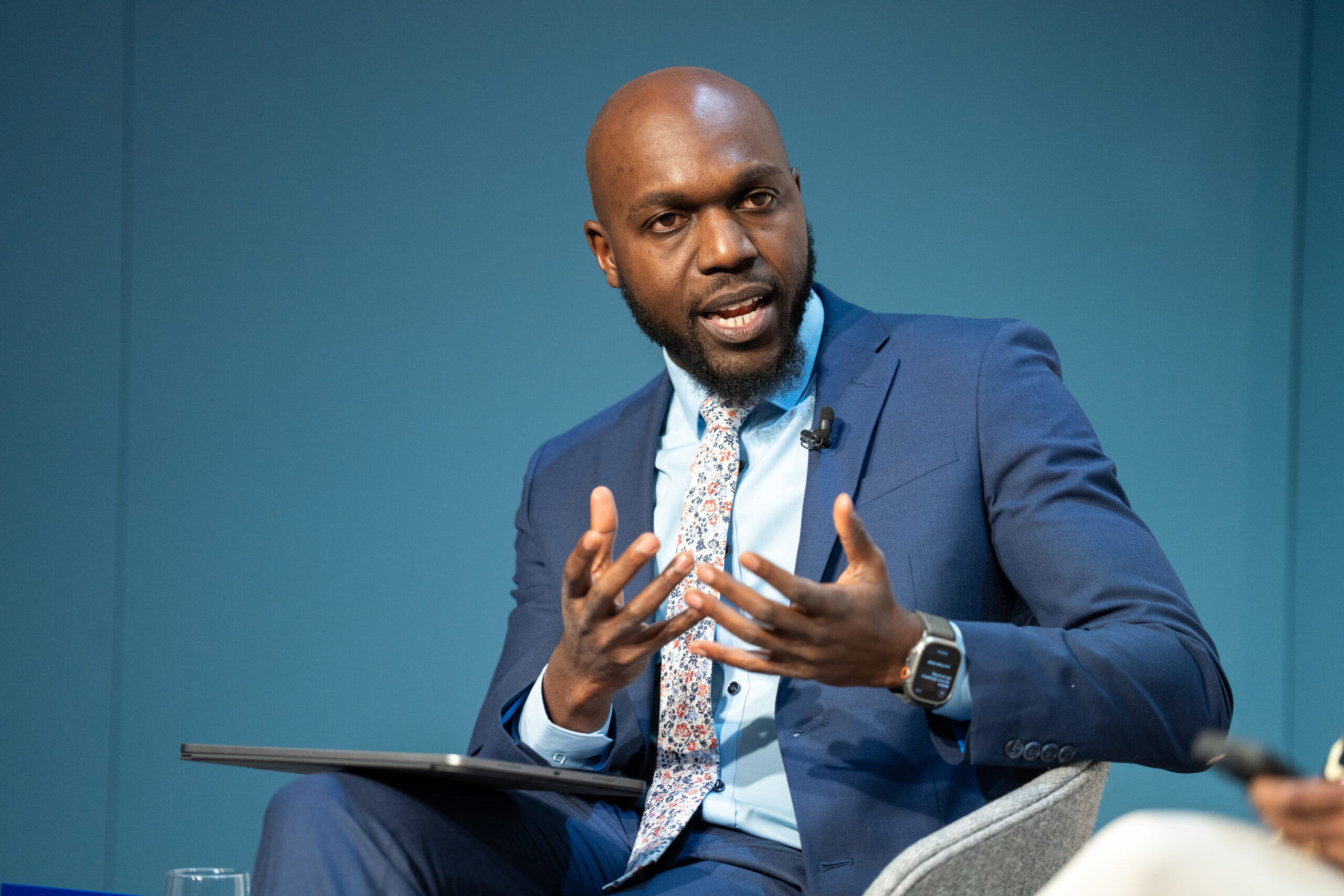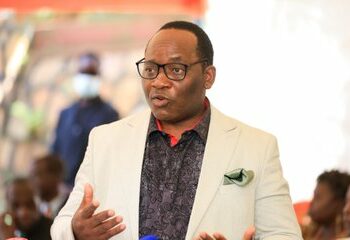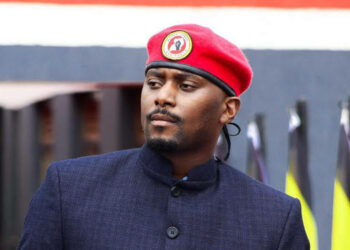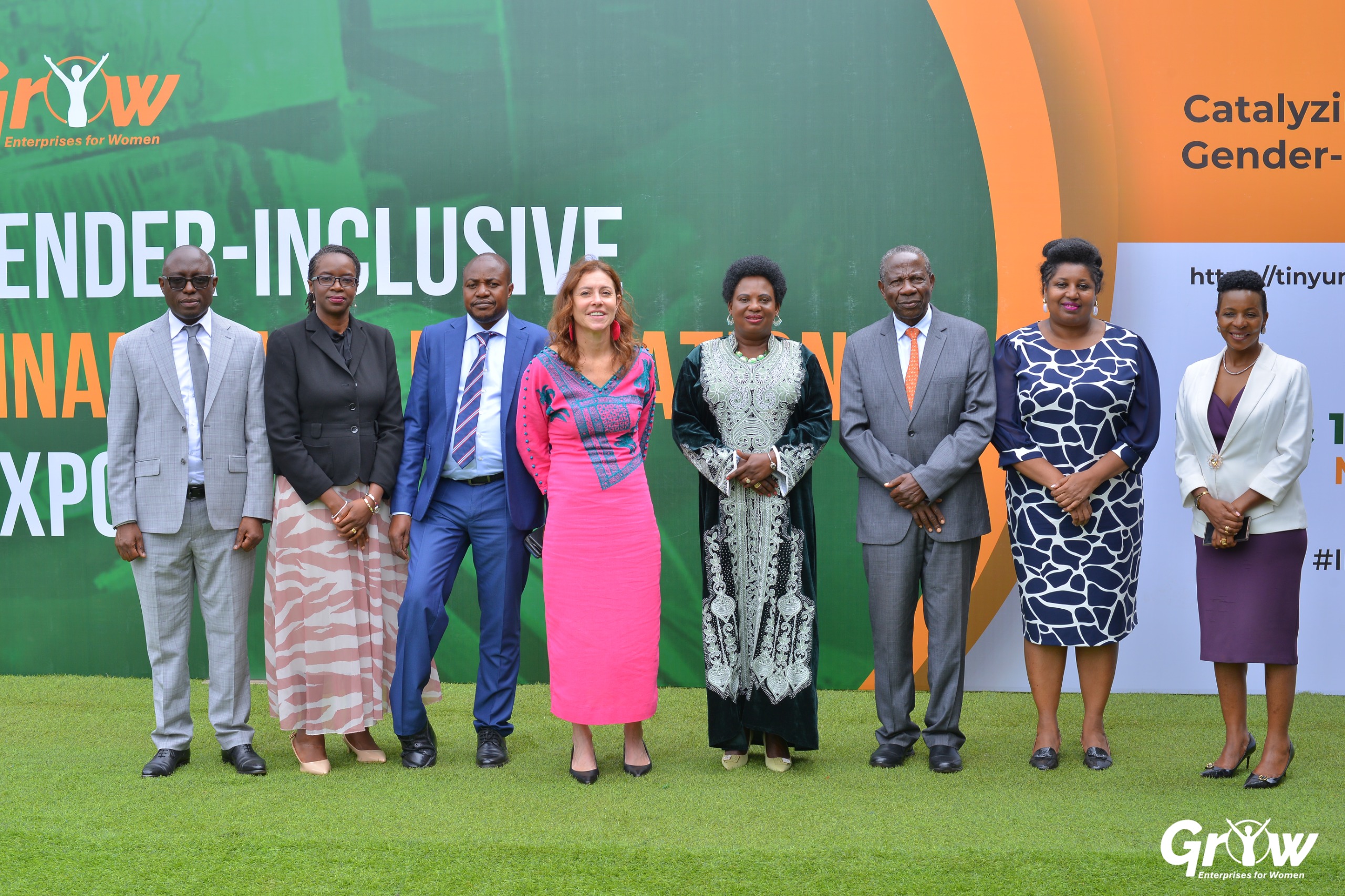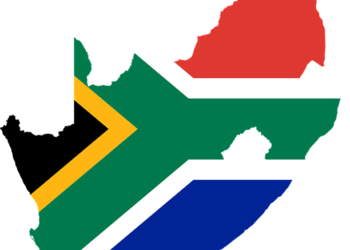In a bold and visionary push for continental unity, President Yoweri Kaguta Museveni has placed East African integration at the heart of Uganda’s development strategy for the decade. His agenda—anchored in the principles of pan-Africanism, economic expansion, and strategic security—aims to transform the East African Community (EAC) into a politically federated bloc with a single currency and a shared constitution by 2031. This ambitious roadmap is not just a political aspiration—it’s a strategic recalibration of Africa’s place in the global order.
And it’s not just rhetoric. This entire integration blueprint is enshrined in President Museveni’s 2026–2031 reelection manifesto—a public commitment to deliver a united East Africa under one constitution, one currency, and one destiny. The manifesto outlines a series of concrete promises that position Uganda as a driving force behind regional transformation.
At the core of Museveni’s integration philosophy lies a deep ideological commitment to pan-Africanism, a principle long championed by the National Resistance Movement (NRM). The President has repeatedly emphasized that the colonial partitioning of Africa created artificially small states, many of which lack the population size and economic capacity to thrive independently. “Africa’s 1.4 billion people are broken into small units. Small populations mean small markets. Small markets mean low prosperity,” Museveni stated during a recent address to the EAC Secretariat.
Uganda, with its 46 million citizens, is one of the larger states in the region. But even Uganda’s internal market is insufficient to guarantee prosperity. Museveni draws historical parallels to the unifications of Germany in 1871 and Italy in 1860, and the economic liberalization of China and India, arguing that integration is the only path to sustainable development. Uganda’s current economic challenges—surpluses in sugar, maize, cassava, milk, and bananas—are not due to overproduction, Museveni argues, but to disorganization and limited market access. The solution? A well-functioning African free market.
The African Continental Free Trade Area (AfCFTA), ratified in 2017, is a key instrument in this vision. By removing trade barriers across the continent, AfCFTA enables Ugandan producers to access broader markets, reducing dependency on Europe or the United States. “If we mobilize the whole of Africa to remove trade barriers, we shall no longer worry about being shut out of markets in Europe or the USA,” Museveni affirmed. Infrastructure development is also central to this strategy. Uganda’s partnership with the Democratic Republic of Congo (DRC) to construct the Mpondwe-Beni highway is a prime example of regional connectivity in action.
Museveni’s integration agenda is not a solo endeavor. Leaders across East Africa have echoed similar sentiments. Kenya’s President William Ruto has been vocal about the need for a single currency and deeper integration: “We must move beyond rhetoric. A single currency will eliminate transaction costs and boost intra-regional trade. Political federation is the next logical step,” Ruto said at the EAC Heads of State Summit in Arusha. Tanzania’s President Samia Suluhu Hassan has emphasized cultural unity as a foundation for political integration: “Kiswahili is more than a language—it is our shared heritage. Promoting Kiswahili across East Africa will strengthen our identity and ease communication,” she noted during a regional youth forum. Rwanda’s President Paul Kagame has also backed the federation, highlighting its strategic value: “A united East Africa can negotiate with global powers from a position of strength. Fragmentation weakens us,” Kagame stated at the African Union Summit.
Museveni’s vision goes beyond economics. He sees political integration as essential for strategic security. In a world of shifting alliances and global threats, a federated East Africa would be better positioned to defend its interests and preserve its identity. “Market integration alone cannot solve strategic inferiority. Political integration is the shield that protects our sovereignty,” Museveni declared. The proposed East African Federation would include Uganda, Kenya, Tanzania, Rwanda, Burundi, South Sudan, and the DRC—forming a bloc of over 340 million people with a combined GDP (PPP) of over $1 trillion.
The NRM’s 2026–2031 manifesto outlines five key promises to advance this agenda: support the EAC Political Federation including the drafting and promulgation of a shared constitution; establish a single EAC currency to streamline trade and reduce exchange rate volatility; eliminate non-tariff barriers to ensure smooth movement of goods and services across borders; promote Kiswahili as a unifying language across Uganda and the region; and leverage AfCFTA provisions to expand trade beyond East Africa into the broader continent. These commitments align with the EAC’s Sixth Development Strategy (2021–2026), which prioritizes the implementation of the Single Customs Territory, harmonization of fiscal policies, and macroeconomic convergence.
Uganda’s exports to the EAC reached USD 2.84 billion in FY 2024/25—a testament to the growing interdependence of member states. The revival and expansion of the EAC to include South Sudan and the DRC mark significant diplomatic milestones. The EAC’s integration journey, which began in 2000, has progressed through three key stages: the Customs Union (2005), the Common Market (2010), and the Monetary Union (2013). The Political Federation is the final frontier.
Museveni warns against tribalism and religious sectarianism, which he sees as ideological enemies of integration. He argues that parochialism undermines both prosperity and security. “Our enemies are those who push for sectarianism. They do not understand the value of integration,” he said. This ideological clarity is crucial for mobilizing public support and countering resistance to federation.
While the vision is compelling, challenges remain. Political differences, economic disparities, and bureaucratic inertia could slow progress. But the opportunities—strategic security, economic prosperity, and global relevance—far outweigh the risks. Museveni’s integration agenda is not just a policy—it’s a legacy project. It seeks to redefine East Africa’s trajectory, placing unity above division, and shared destiny above narrow interests. As the region marches toward 2031, the dream of “One People, One Destiny” feels more tangible than ever.
The East African Federation is not a utopia—it’s a strategic necessity. With visionary leadership, regional solidarity, and citizen engagement, it can become a reality. Museveni’s agenda invites every East African to imagine a future where borders are bridges, currencies are unified, and constitutions reflect a shared purpose. The question is no longer “if,” but “how fast.”
Do you have a story in your community or an opinion to share with us: Email us at editorial@watchdoguganda.com

